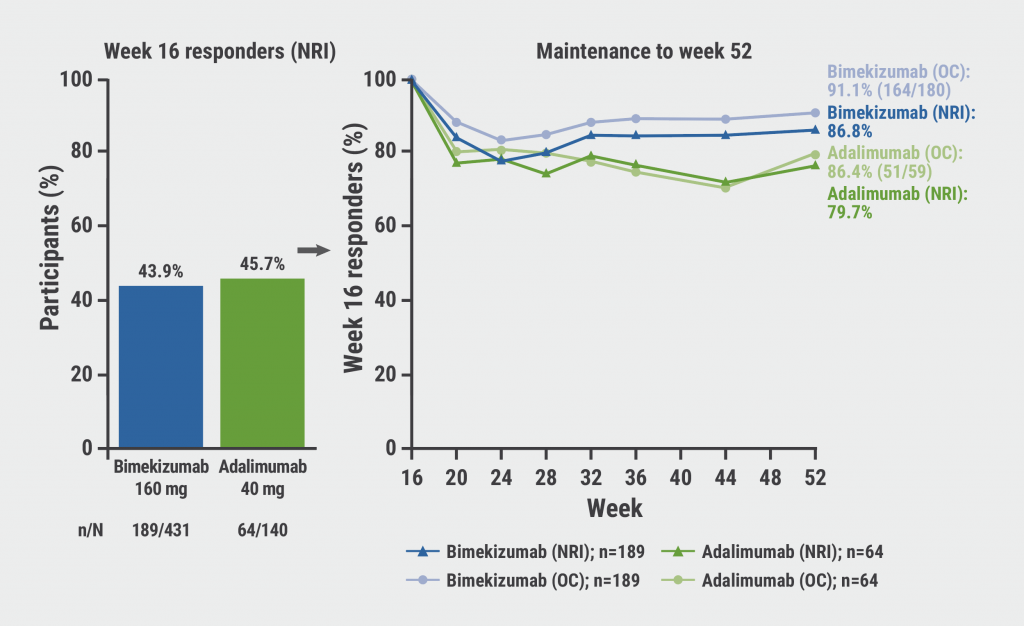However, the overall risk in both groups is still relatively low, with rates of 10.6 events per 1,000 patient-years with alendronate versus 12.4 events with risedronate (HR=1.18).
"We found little difference in the association between risedronate versus alendronate drug holidays and hip fractures until approximately 2 years of not receiving therapy," said the team, led by Kaley Hayes of the Brown University School of Public Health.
"Both of these drugs are very important for the care of osteoporosis. They are equally effective when we use them to treat people who are at risk of fractures. But for those who are on a drug holiday after taking risedronate, we need to monitor them a bit more closely after two years," Dr. Hayes told Reuters Health in a telephone interview.
She and her team calculated that 167 patients would need to be treated with alendronate instead of risedronate to prevent one hip fracture.
"The current recommendation states that after two or three years of a drug holiday, a patient should be at least reassessed to determine if continuing is appropriate, or they should be restarted on drug therapy based on things like bone density and bone turnover markers, which are imperfect but helpful," said Dr. Hayes. "In practice, I think drug holidays extend a lot longer than that. We found patients who had drug holidays for longer than 3 years so it is not uncommon."
The Annals study is the first to directly compare the fracture risk of the two drugs during a pause in treatment.
"It's been a longstanding question that we haven't been able to answer before, especially with United States data because Fosamax is used so much more in the U.S," said Dr. Hayes, an assistant professor in the department of health services, policy and practice.
To get the answer, they turned to Canada for data on 50,154 cases culled from 20 years of health care administrative statistics from Ontario residents over 66 who had been taking either drug for at least three years.
"In the Canadian data, prescribing was almost 50-50, so it's a unique opportunity to answer a question that's been plaguing people's minds -- whether every drug's the same on a drug holiday," Dr. Hayes said.
The hip fracture risk was 18% higher with risedronate but the risk declined to 7% greater when the researchers looked at the odds of getting any type of fracture.
The length of the drug holiday also turned out to be important. The hazard ratio was 1.03 when the holiday was one year and 1.14 when it was two years, but the 95% confidence intervals in both estimates failed to show statistical significance.
"Still, the hazard ratio increased monotonically with increased length of follow-up," the researchers said.
All of the volunteers were considered to have a drug adherence rate of 80% or higher. After a 120-day therapy gap to screen out patients who had halted therapy due to declining health, the patients were followed for three years to look for fractures. Before the drug holiday, 7.7% of the patients had, at some point, switched from one drug to another.
During the follow-up period, 481 in the risedronate group experienced a hip fracture compared with 434 of alendronate patients.
In one respect, the results are not surprising because risedronate's half-life is shorter than alendronate's, it's binding affinity is weaker and it's saturation point in bone is lower.
The Hayes team said the findings "do not indicate that alendronate therapy should be preferred over risedronate therapy. Indeed, several real-world studies identify little difference in fractures while treatment is received, with the exception of 2 of 5 secondary analyses that identified higher hip fracture risk after 3 years of therapy."
It may all boil down to preference, they said. "For example, only risedronate is available as a monthly dosing option or a weekly delayed-release formula that does not require a fasting state like other formulations. Thus, risedronate therapy may be preferable for patients who highly value these treatment factors."
The Canadian Institutes of Health Research funded the study.
SOURCE: https://bit.ly/31vTCu8 Annals of Internal Medicine, online January 10, 2022.
By Gene Emery
Posted on
Previous Article
« Functional outcomes improving in patients with ischemic stroke Next Article
U.S. man recovering after ‘breakthrough’ pig-heart transplant »
« Functional outcomes improving in patients with ischemic stroke Next Article
U.S. man recovering after ‘breakthrough’ pig-heart transplant »
Related Articles

July 31, 2023
Bimekizumab: high rates of sustained response in PsA
February 24, 2022
Anti-TGF-beta therapy promising in osteogenesis imperfecta
© 2024 Medicom Medical Publishers. All rights reserved. Terms and Conditions | Privacy Policy

